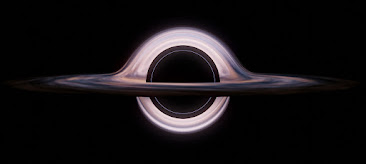Various Launch Vehicles of ISRO (Part 1)
Sounding rockets are one or two-stage solid propellant rockets used for p
robing the upper
atmospheric regions and for space research. They also serve as easily affordable platforms
to test or prove prototypes of new components or subsystems intended for use in launch
vehicles and satellites.
Rohini is a series of sounding rockets developed by ISRO for meteorological and
atmospheric study.
The rockets in the series are designated with the letters RH (for "Rohini"), followed by a
number corresponding to the diameter (in millimetres) of the rocket.
The RH-75, the first sounding rocket developed by India, was launched from TERLS on September 20, 1969.
Satellite Launch Vehicle (SLV)
Satellite Launch Vehicle-3 (SLV-3) was India's first experimental satellite launch vehicle,
which was an all solid, four-stage vehicle.
It was capable of placing 40 kg class payloads in Low Earth Orbit (LEO).
SLV-3 was successfully launched on 18 July 1980, from Sriharikota Range (SHAR), when
Rohini satellite, RS-1, was placed in orbit, thereby making India the sixth member of an
exclusive club of space-faring nations.
The first launch on 10 August 1979 was a failure.
A.P.J. Abdul Kalam was the project director of the SLV-3
ASLV was configured as a five-stage, all-solid propellant vehicle, with a mission of orbiting
150 kg class satellites into 400 k
m circular orbits.
It was a modification of SLV-3.
ISRO did not have sufficient funds for both the Polar Satellite Launch Vehicle programme
and the ASLV programme at the same time and the ASLV programme was terminated
after the initial developmental flights.
The payloads of ASLV were Stretched Rohini Satellites
The ASLV made four launches, of which one was successful, two failed to achieve orbit,
and a third achieved a lower than planned orbit.
ASLV made its maiden flight on 24 March 1987 and its final flight on 4 May 1994.
PSLV is the third generation launch vehicle of India.
It is the first Indian launch vehicle to be equipped with liquid stages.
After its first successful launch in October 1994, PSLV emerged as the reliable and versatile
workhorse launch vehicle of India.
The first flight was on September 20, 1993.
PSLV has a payload capacity of 1750 kg to Sun Synchronous polar orbit (SSPO) of 600
km height.
Due to its reliability, it's also used for launching various satellites into Geosynchronous
and Geostationary orbits, like satellites from the IRNSS constellation. It has a payload
capacity of 1425kg to SubGTO.
It has variables such as PSLV-G, PSLV-XL and core alone version (PSLV-CA).
The first and third stages namely PS1 and PS3 are solid rocket motors and the second and
fourth stages namely PS2 and PS4 are Earth storable liquid-propellant rocket engines.














Comments
Post a Comment